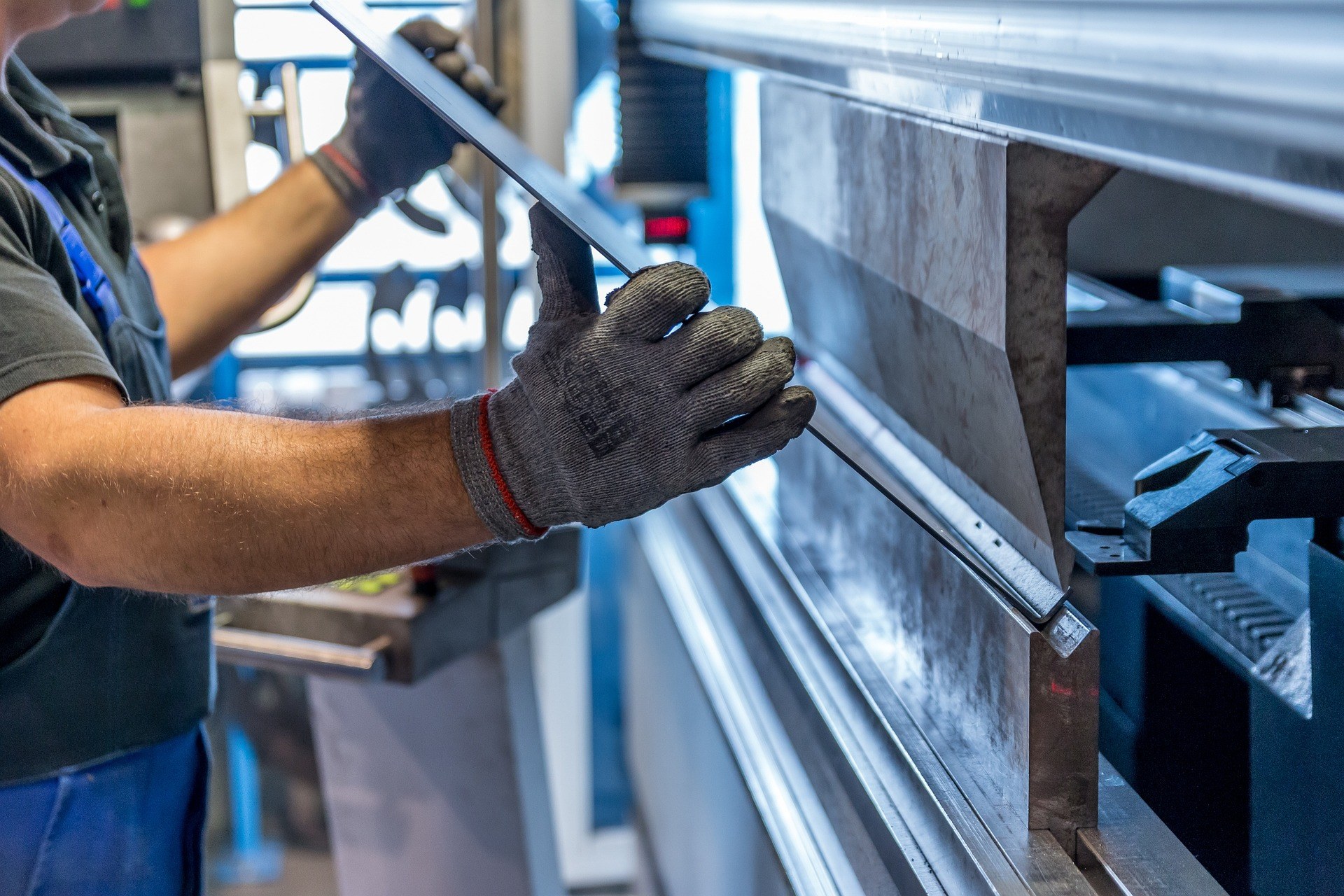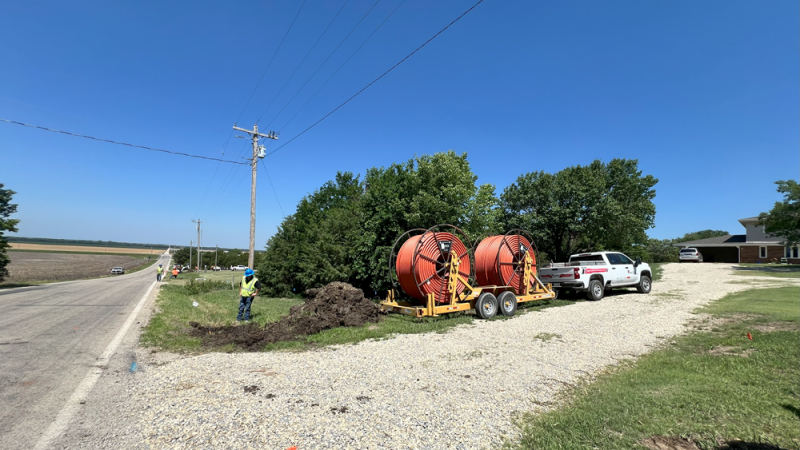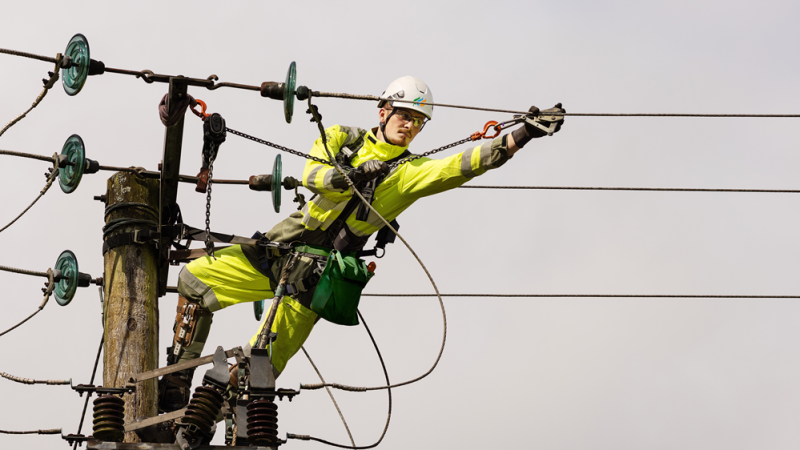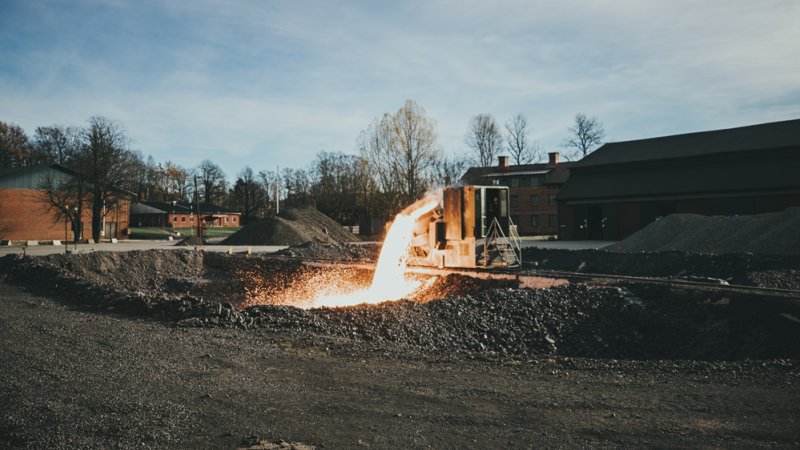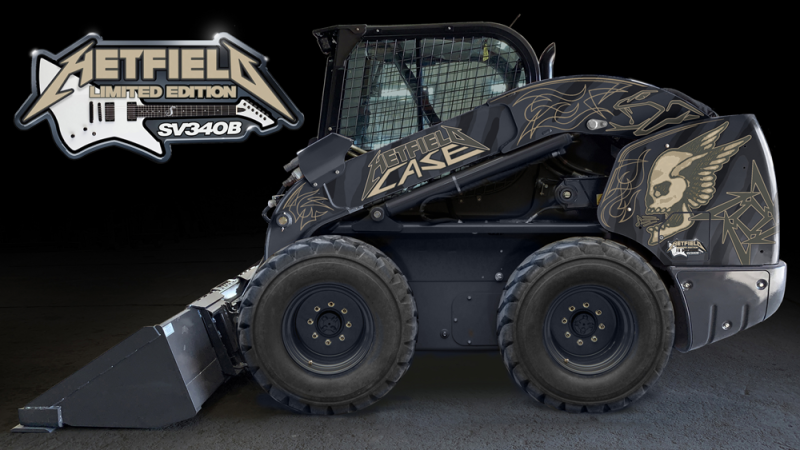Industrial environments & machinery tend to pose more significant and widespread threats to worker safety, meaning that preventative and protective measures must be implemented accordingly. Failure to do so can lead to severe injury, illness and even fatality.
So, what are the key safety measures associated with the operation of and proximity to industrial machinery?
Regular risk assessments
The first step employers and safety officials need to carry out around any hazard in the workplace is to conduct thorough risk assessments so that dangers and protective solutions can be evaluated. From this, hazards can be identified and safety measures can be created and implemented to mitigate the risks.
Circumstances often change and environments transform over time, so risk assessing shouldn’t be done once and forgotten. It should be a continuous process to protect everyone involved.
Thorough and relevant training
Training is absolutely key for everyone working with or around industrial machinery. This is to ensure that everyone is aware of the dangers, features and applications of particular units and systems. It should be provided recurrently to ensure that safety messages are delivered consistently and retained by staff.
Anyone who is or will be responsible for the operation of machinery should receive more thorough training and ideally should shadow someone experienced and qualified before taking control themselves.
Understanding the way machinery works is key to allowing staff to spot dangers or issues before they occur or become dangerous – this could be identifying when machinery requires maintenance work or needs a top-up of greases to help lubricate the system. Lack of awareness can often be a cause of misuse, which can increase the risk of accidents.
Provision of appropriate PPE
Providing the correct personal protective equipment is essential to protect staff operating and working around industrial machinery. These items should be outlined in risk assessments and provided for everyone who requires protective gear – this can be operators as well as visitors and other staff.
Having sufficient PPE stocks is important to avoid a situation where someone has to go without and is put in danger because of it.
Up-to-date policies and procedures
Policies and procedures surrounding who can operate or work around industrial machinery are significant too. Certain industrial environments should be off-limits to individuals without the necessary experience or authorisation, and policies should make these measures clear.
Other effective policies are often surrounding the use of mobile phones or limiting other distractions. Concentration around dangerous machinery is critical to avoid accidents from occurring, thus policies need to enforce a safe working environment. Consistent inspection and maintenance procedures are also key to ensuring that machinery is in fine working order.
Safeguarding
Safeguarding is a vital element of many industrial systems. It serves to protect operators of powered equipment by mitigating the risks of moving parts and machinery. Common safeguards are interlocks, pressure-activated controls or mats, two-hand controls and other safety precautions.
Machinery often comes with these features built-in, but operators still need to be trained on how to use them properly.
Machinery can be incredibly hazardous but industrial work environments go a long way in mitigating these dangers. Cooperation from all involved is of vital importance to ensure that machinery is used in a way that poses the least harm to workers, and this cooperation and concentration must be constant.
